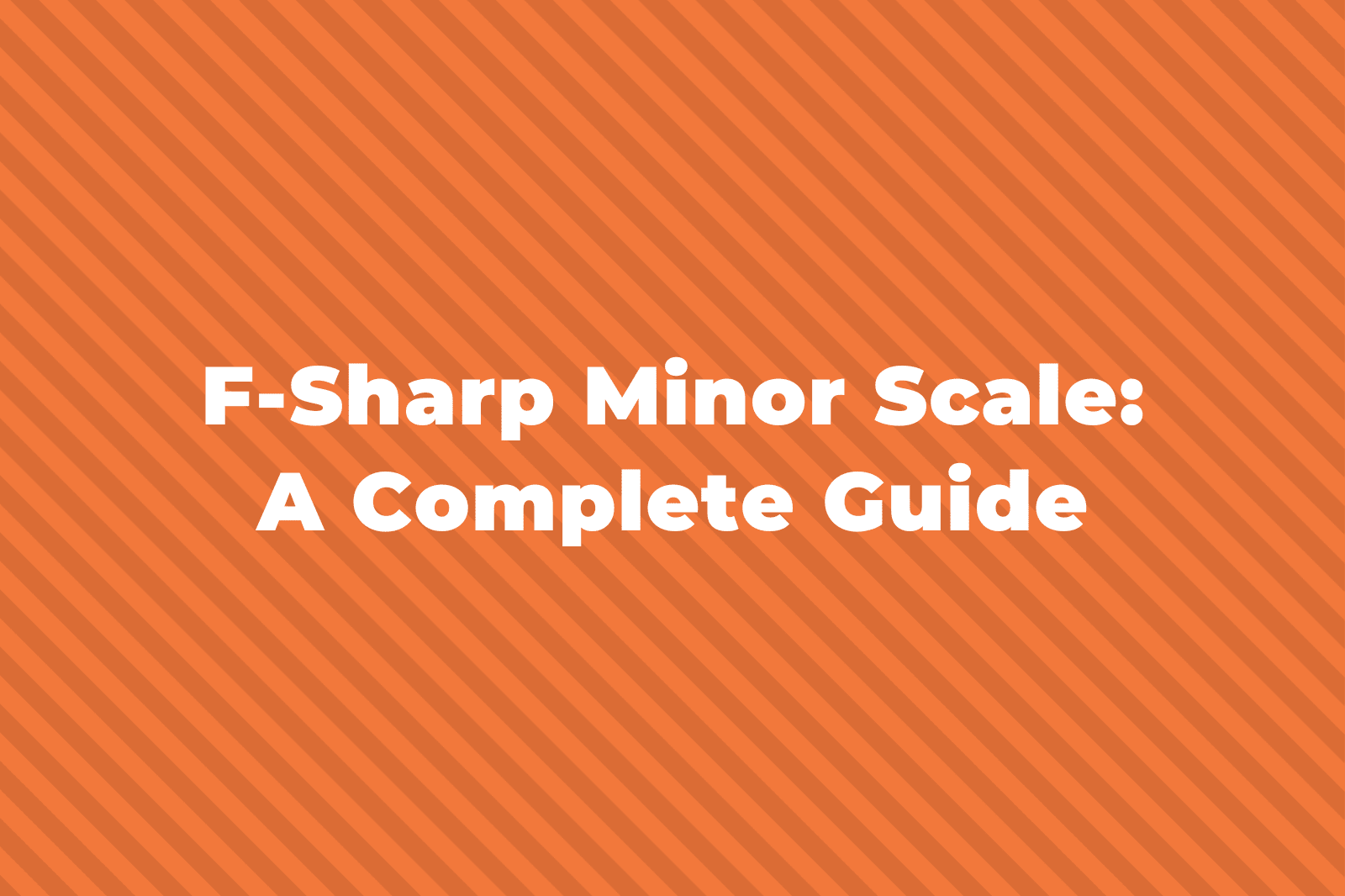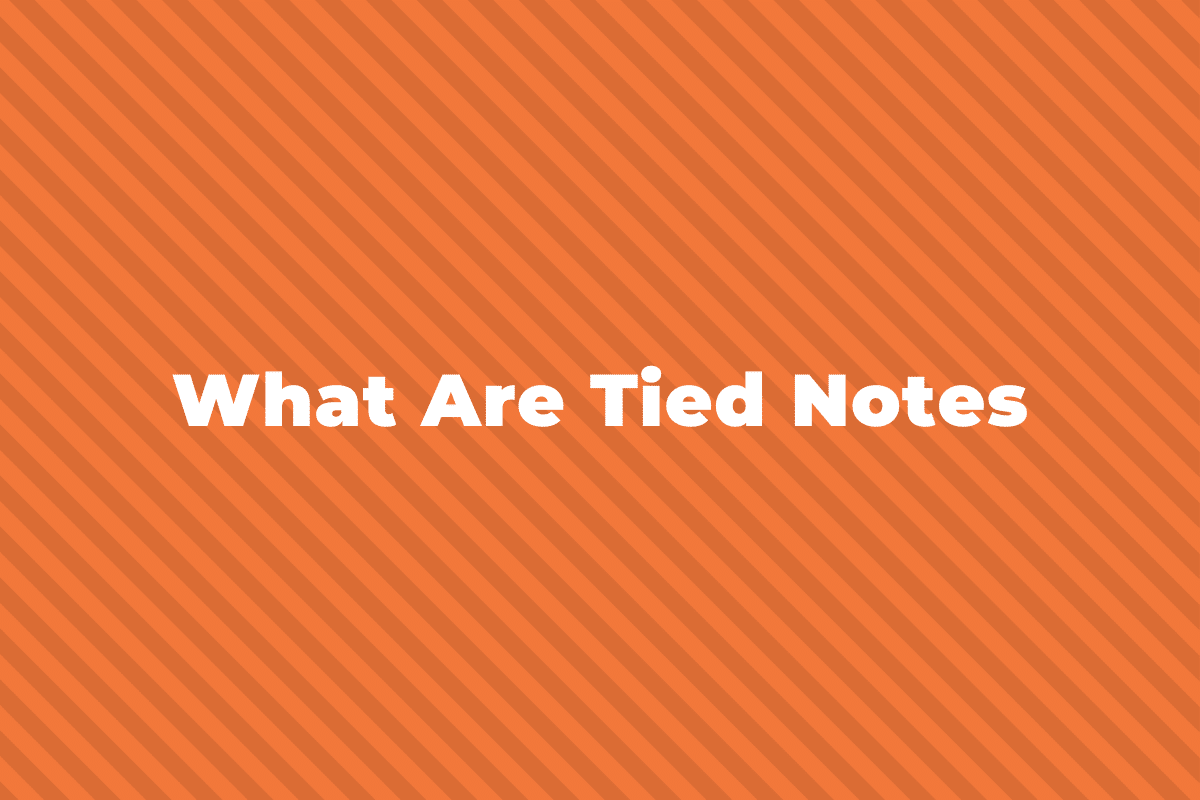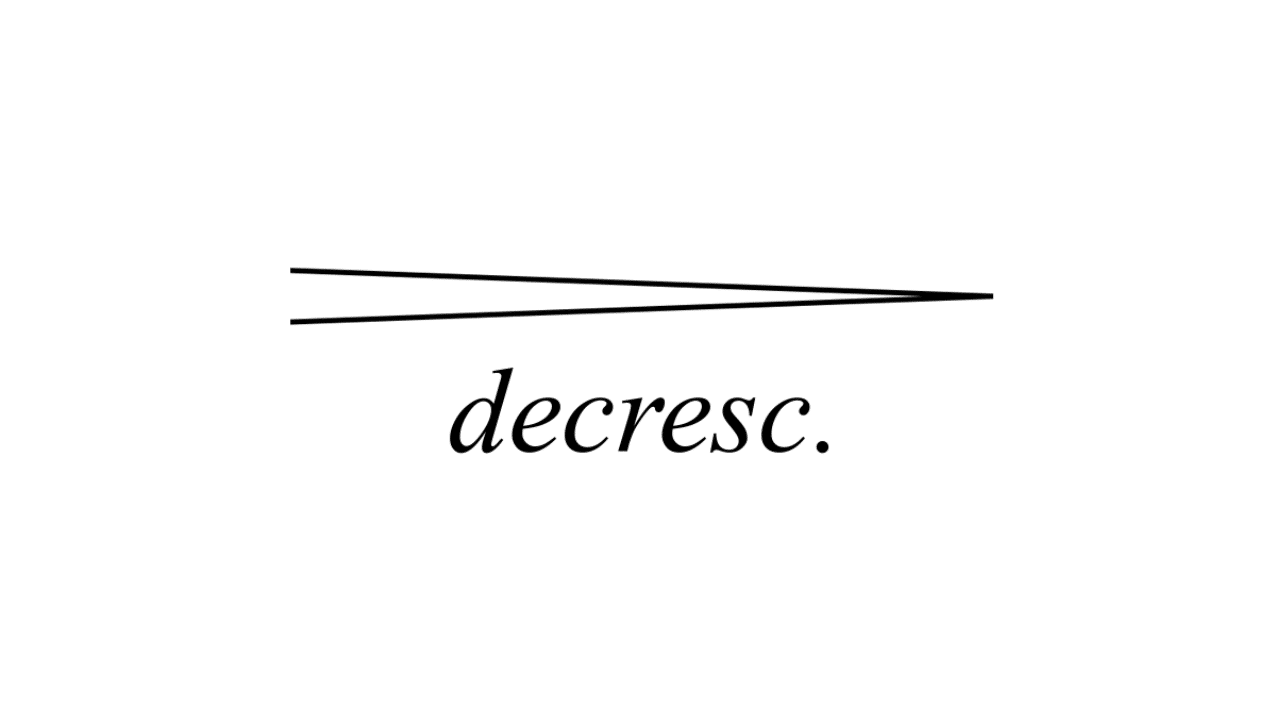There are lots of different types of scales in music. Most of the ones that you’re probably familiar with have seven notes, others have five, and some even have twelve. There is also a type of scale that has six notes, and all of them are a tone apart, called a whole tone scale.
In this post, we’re going to look at the unique scale that has only six notes – the whole tone scale.
What is a Whole Tone Scale?
A whole tone scale (sometimes known as the symmetrical scale) is a hexatonic scale which means that it uses only six notes.
It’s made up entirely of whole step intervals (tones). It’s the complete opposite of a chromatic scale – which is made up entirely of half step intervals (semitones).
The interval formula of a whole tone scale is W – W – W – W – W – W (whole steps). Or in tones and semitones, it would be T – T – T – T – T – T (tones).

The Two Types of Whole Tone Scale
Unlike the many different types of diatonic scales which center around a certain key, there are only two whole tone scales:
- C whole tone scale
- Db whole tone scale
You can start a whole tone scale on any note from C whole tone scale, and you’ll be playing the same notes, and vice versa, you can start a whole tone scale on any note from Db whole tone scale, and you’ll be playing the same notes:
C whole tone scale uses these notes: C – D – E – F# – G# – A# and C

Db whole tone scale uses these notes: Db – Eb – F – G -A – B – Db

Notice how each scale doesn’t use any notes from the other.
For more info on building a whole tone scale, check this video below.
Examples of the Whole Tone Scale
Whole tone scales are quite rare in music, but there are some examples that are worth checking out.
This interesting piece from Debussy is one of the best examples of the whole tone scale in classical music. It’s a very distinctive sound that creates a blurred and eerie sound. Check it out below.
A very well-known example of a song that uses the whole tone scale is Stevie Wonder’s You Are The Sunshine Of My Life.
You’ll hear it in the first 10 seconds of the intro with its distinctive sound.
Another great example is Four in One by Thelonious Monk.
It really shows how versatile the whole tone scale is being able to be used to create completely unique compositions across so many genres of music!
Summing up The Whole Tone Scale
If you’re looking for a new scale to play around with when improvising or composing, then the whole tone scale is great fun and has a very unique sound.



